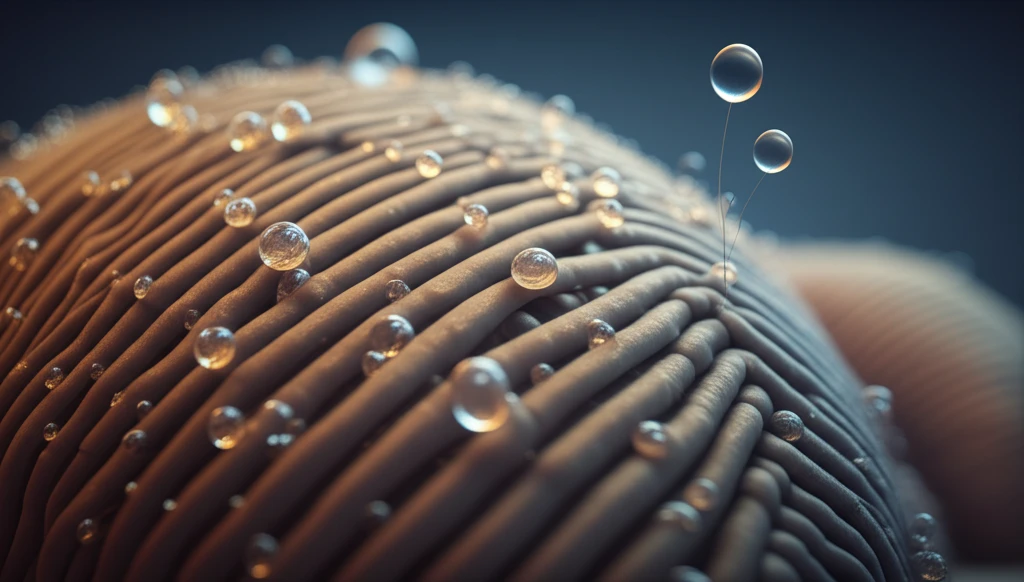
Fabric's Hidden Secret: How Understanding Moisture Can Transform Your Comfort
"Unlock the science behind fabric hydric behavior and discover how smart textiles are revolutionizing comfort in clothing."
Ever wondered why some clothes feel amazing while others leave you feeling damp and uncomfortable? The secret lies in a fabric's 'hydric behavior' – its ability to interact with moisture. This seemingly simple interaction is a complex dance between fibers and water vapor, and understanding it is key to creating truly comfortable clothing.
For years, scientists and textile engineers have been working to unravel the mysteries of fabric and moisture. Their goal? To design textiles that not only look good but also respond intelligently to our bodies and the environment around us. This research is leading to exciting innovations in sportswear, everyday wear, and even medical textiles.
In this article, we'll explore the fascinating science behind fabric hydric behavior, delving into the models and research that are shaping the future of the textile industry. Get ready to discover how understanding moisture can transform your comfort and well-being.
The Science of Sorption: How Fabrics Interact with Moisture

At the heart of fabric hydric behavior lies the process of sorption – the way a material absorbs and releases moisture. This isn't just about how much water a fabric can hold; it's about how quickly it absorbs, how well it distributes moisture, and how efficiently it releases it back into the environment. These factors all contribute to how comfortable a fabric feels against your skin.
- Sorption Isotherms: These graphs depict the equilibrium moisture content of a material at various relative humidity levels.
- Dynamic Vapor Sorption (DVS): This technique measures how quickly a fabric absorbs and releases moisture.
- Moisture Regain: This is the percentage of moisture a dry fabric will absorb from the air at a standard temperature and humidity.
The Future of Comfortable Clothing
As our understanding of fabric hydric behavior deepens, we can expect to see even more innovation in the textile industry. From self-regulating sportswear to clothing that responds to environmental conditions, the possibilities are endless. By embracing the science of moisture, we can create garments that not only look good but also enhance our comfort, performance, and overall well-being.
